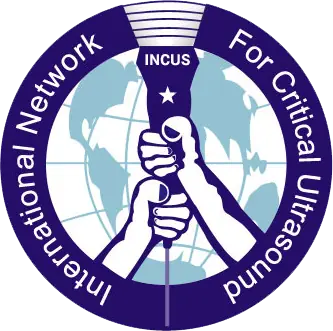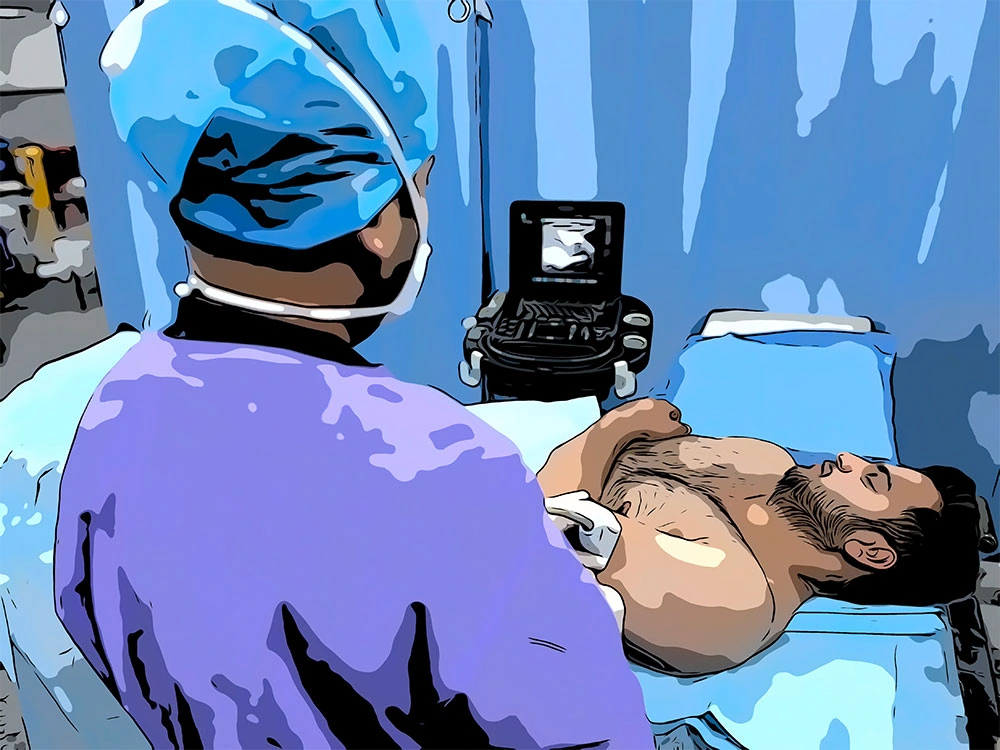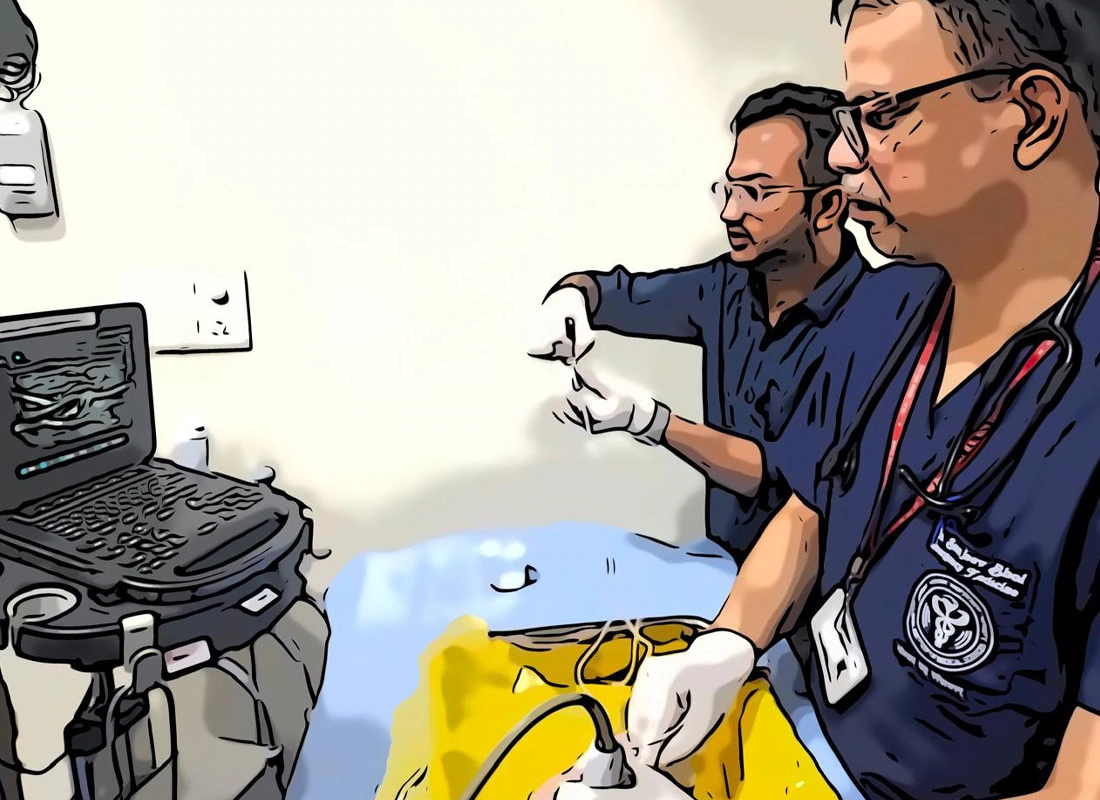Implementing Point-of-Care Ultrasound (POCUS) in emergency departments (EDs) offers numerous benefits, but it also comes with several challenges. Here are some of the key obstacles:
Training and Proficiency:
- Skill Development: Emergency physicians need comprehensive training to acquire the necessary skills for effective POCUS use. This includes both image acquisition and interpretation2.
- Ongoing Education: Continuous education and practice are essential to maintain proficiency, which can be challenging given the busy schedules of emergency physicians2.
Equipment Availability:
- Cost: High-quality ultrasound machines can be expensive, and securing funding for these devices can be difficult for some EDs2.
- Maintenance: Regular maintenance and calibration of ultrasound machines are necessary to ensure accurate diagnostics, adding to the operational costs4
Time Constraints :
- Workflow Integration: Incorporating POCUS into the fast-paced workflow of an ED can be challenging. Physicians must balance the time spent on ultrasound examinations with other critical tasks2.
- Immediate Interpretation: The need for immediate interpretation of ultrasound images can add pressure on emergency physicians, especially in high-stress situations3.
Resistance to Change:
- Cultural Barriers: Some departments may face resistance from staff who are accustomed to traditional diagnostic methods.
Overcoming this resistance requires strong leadership and advocacy for the benefits of POCUS2. - Interdepartmental Dynamics: There can be objections from radiology departments regarding the use of POCUS by non-radiologists, which can create friction and hinder implementation2.
Credentialing and Quality Assurance:
- Standardization: Establishing standardized protocols and guidelines for POCUS use is crucial but can be complex. Ensuring all practitioners meet these standards requires robust credentialing processes2.
- Quality Control: Regular audits and quality assurance measures are needed to maintain high standards of care, which can be resource-intensive4.
Despite these challenges, the benefits of POCUS in emergency medicine—such as rapid diagnosis, improved patient outcomes, and enhanced procedural guidance—make it a valuable tool worth the effort to implement effectively.
Source(s)
1. Design and implementation of a basic and global point of care …
2. A Clinician’s Guide to the Implementation of Point-of-Care Ultrasound …
3. Point-of-Care Ultrasound (POCUS) in Adult Cardiac Arrest … – MDPI
4. Ultrasonography in the emergency department – Critical Care






